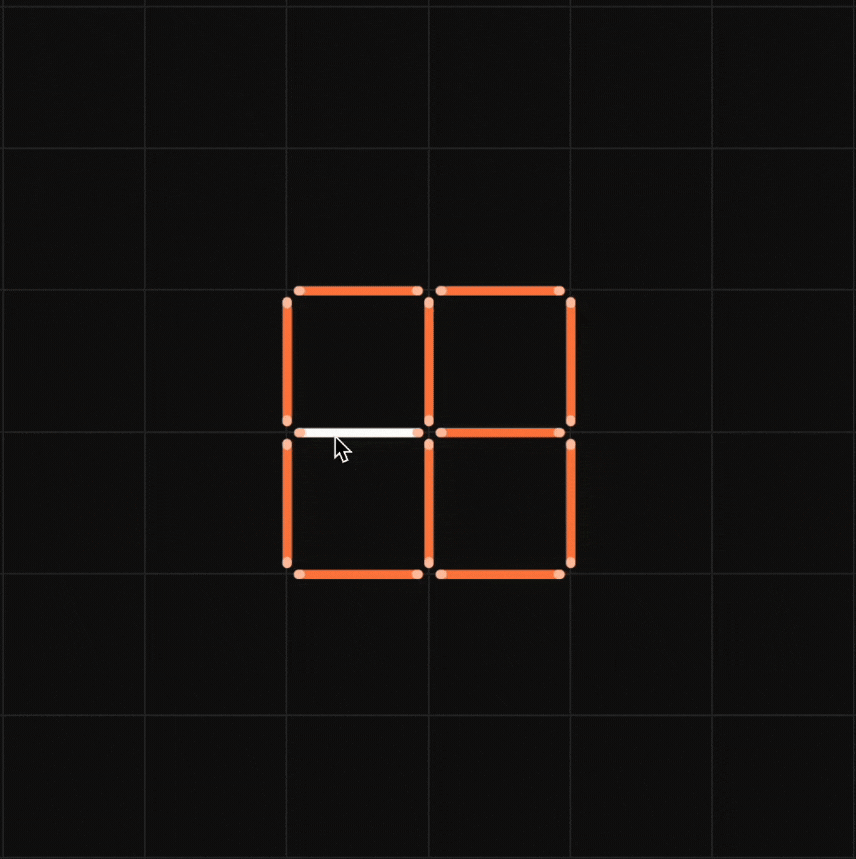

A sweetseller has 420 kaju barfis and 130 badam barfis. She wants to stack them in such a way that each stack has the same number, and they take up the least area of the tray. What is the number of that can be placed in each stack for this purpose?
Solution:
We will find the HCF of 420 and 130 to find the way the kaju barfis and badam barfis should be placed.
We will use Euclid’s division algorithm to find the HCF (420, 130)
c= dq + r where r is 0 ≤ r < d
Let c be 420 and d be 130 since d < c.
420 = 130 × 3 + 30
As we know that r ≠ 0, we will again apply Euclid’s division algorithm and find HCF (130, 30).
130 = 30 × 4 + 10
As we know that r ≠ 0, we will again apply Euclid’s division algorithm and find HCF (30, 10).
30 = 10 × 3 + 0
Thus, the HCF of 420 and 130 is 10 which is the maximum number of barfis in each stack and the number of stacks will then be the least. Also, the area of the tray that is used up will be the least
☛ Check: NCERT Solutions for Class 10 Maths Chapter 1
A sweetseller has 420 kaju barfis and 130 badam barfis. She wants to stack them in such a way that each stack has the same number, and they take up the least area of the tray. What is the number of that can be placed in each stack for this purpose?
Summary:
If the sweet seller stacks 10 barfis of each type, the number of barfis will take up the least area of the tray and will have the same number of barfis in each stack that is 10
☛ Related Questions:
visual curriculum